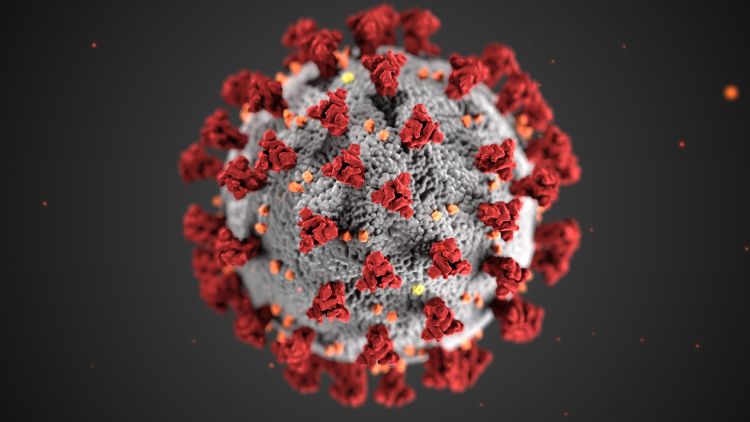DOM COVID-19 Journal Club: Alterations in smell or taste in mildly symptomatic outpatients with SARS-CoV2 infection

Background: The principle symptoms of COVID-19 are fever, cough, dyspnea, fatigue, and myalgia, however anecdotal reports of anosmia (loss of sense of smell) began circulating on social media, and previous strains of coronavirus have been demonstrated to invade the CNS and olfactory bulb.
Methods: Single-center study in an Italian hospital. Adults ≥ 18 years that tested positive for SARS-CoV-2 RNA by PCR that were mildly symptomatic and managed at home were contacted via telephone 5-6 days after initial positive test.
Results: Altered sense of taste or smell was reported by 64.4%, with 23.8% reporting “severe” alterations (read: anosmia). This was slightly more common among women than men (72.4% vs 55.7%). Other symptoms included fatigue (68.3%) cough (60.4%) and fever (55.5%). Alteration of sense of smell preceded other symptoms in 11.9% of patients, and only 3% reported isolated anosmia.
Limitations: Single center, small study (202 patients), cross-sectional, retrospective study with potential for recall bias, among others. Most of the patients (65.4%) were symptomatic at the time of initial testing, the remainder were tested due to confirmed exposure.
Conclusions: Altered sense of smell is prevalent in patients with mild SARS-CoV-2 infection, validating anecdotal reports. However, it only affects a slight majority of patients, and rarely precedes other symptoms. The prevalence of “isolated” anosmia cannot be ascertained from this study, since most of the patients were symptomatic at the time of testing, but does not appear to be very common.
Reference:
- Spinato G, Fabbris C, Polesel J, et al. Alterations in Smell or Taste in Mildly Symptomatic Outpatients With SARS-CoV-2 Infection. JAMA. Published online April 22, 2020. doi:10.1001/jama.2020.6771
The Department of Medicine COVID-19 Journal Club is dedicated to understand and applying data on COVID-19 to inform prevention and management efforts for healthcare workers and patients.
This article by Stephen Halliday, MD, MSCI, assistant professor, Allergy, Pulmonary, and Critical Care Medicine. Reviewed by Nasia Safdar, MD, PhD, professor, Infectious Disease, vice chair for research, Department of Medicine.
Banner image: Centers for Disease Control and Prevention image library